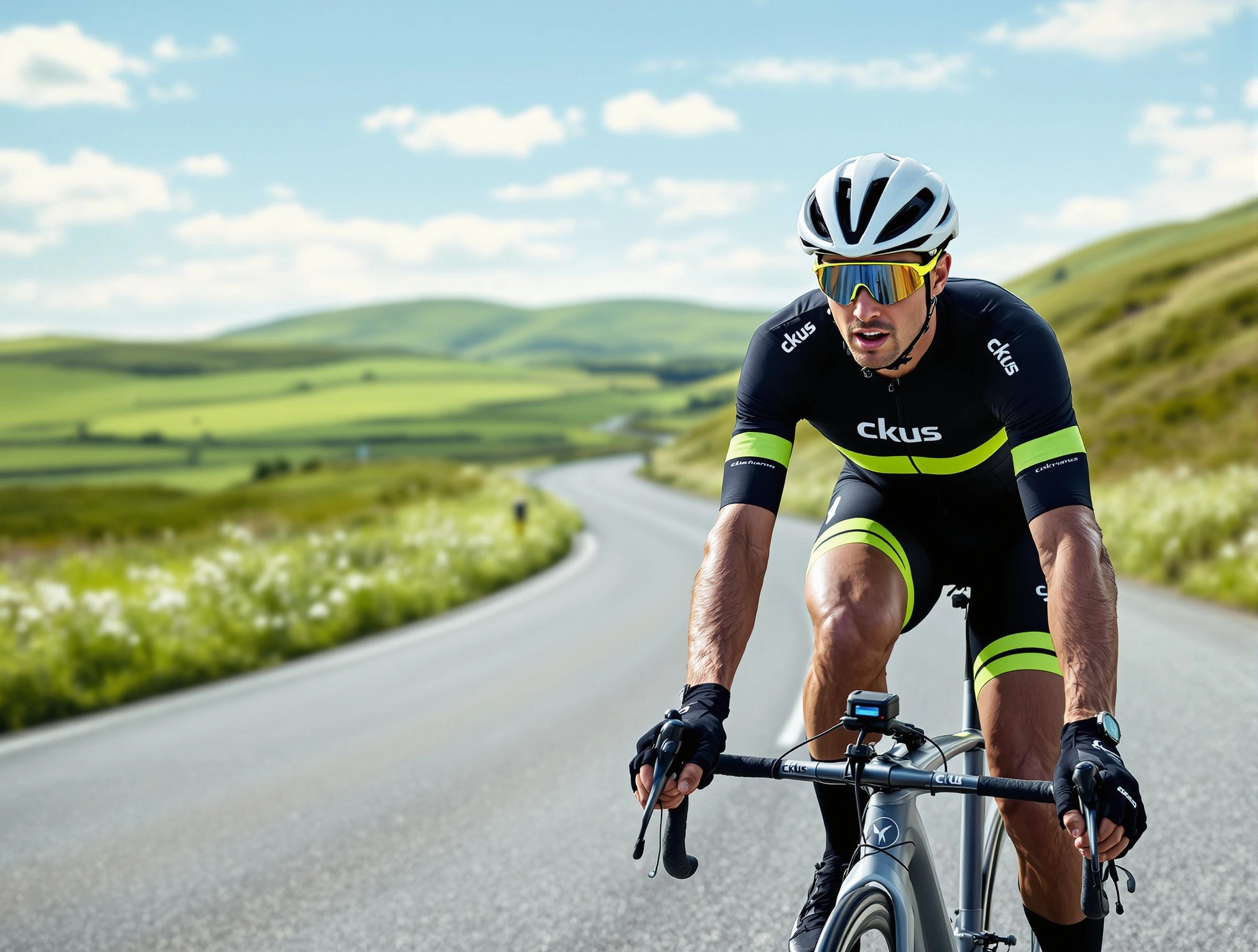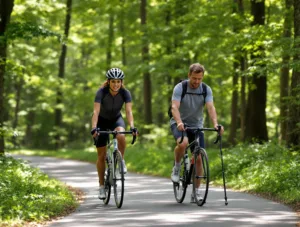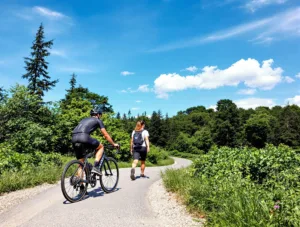Morning vs. Evening Cycling: When Is the Best Time to Burn Fat Faster?
Introduction
Cycling is one of the most effective ways to burn fat, improve cardiovascular health, and build endurance. But does the time of day you ride impact how quickly you shed excess weight? Research suggests that your body responds differently to exercise depending on whether you cycle in the morning or evening. Factors like metabolism, hormone levels, and energy availability play a crucial role in fat oxidation and overall performance.
This article explores the science behind fat burning during cycling, compares the benefits of morning versus evening rides, and provides practical advice to maximize your results. Whether you’re a casual rider or a competitive cyclist, understanding the optimal time to train can help you achieve your fitness goals faster.
The Science of Fat Burning and Cycling
Before diving into the best time to cycle, it’s essential to understand how the body burns fat during exercise.
How Fat Burning Works
Fat oxidation (fat burning) occurs when the body breaks down stored fat into fatty acids and glycerol to use as energy. Several factors influence this process:
- Intensity: Low to moderate-intensity cycling (60-70% of max heart rate) primarily burns fat, while high-intensity efforts rely more on carbohydrates.
- Duration: Longer rides (45+ minutes) increase fat utilization as glycogen stores deplete.
- Metabolic State: Fasted cycling (before eating) may enhance fat burning, while fed cycling (after meals) provides quick energy but may reduce fat oxidation.
The Role of Circadian Rhythms
Your body’s internal clock (circadian rhythm) affects metabolism, hormone production, and energy levels. Cortisol (a stress hormone that aids fat breakdown) peaks in the morning, while testosterone (important for muscle growth and recovery) is higher in the evening. These fluctuations influence performance and fat loss efficiency.
Benefits of Morning Cycling for Fat Loss
1. Enhanced Fat Oxidation in a Fasted State
Cycling before breakfast (fasted cardio) forces the body to rely more on fat stores for energy since glycogen levels are low. Studies suggest that fasted exercise can increase fat oxidation by up to 20% compared to fed-state workouts.
Practical Tip:
- Keep the ride at a steady, moderate pace (Zone 2 heart rate) to maximize fat burning without excessive fatigue.
- Hydrate well and consider black coffee (no sugar) to boost alertness and fat mobilization.
2. Higher Cortisol Levels Boost Fat Breakdown
Morning cortisol levels are naturally elevated, which helps break down fat for energy. This hormonal advantage makes early rides particularly effective for fat loss.
3. Sets a Positive Tone for the Day
Morning exercise improves mental clarity, reduces stress, and promotes healthier eating habits throughout the day. Riders often report feeling more disciplined and energized after an early workout.
Potential Drawback:
- Lower glycogen stores may reduce high-intensity performance.
- Some people feel sluggish in the morning and need time to warm up properly.
Benefits of Evening Cycling for Fat Loss
1. Improved Performance and Endurance
Studies show that strength, power, and endurance peak in the late afternoon and early evening due to higher body temperature and optimized muscle function. This means you may ride harder and longer, leading to greater calorie expenditure.
Practical Tip:
- Use evening sessions for high-intensity interval training (HIIT) or hill climbs to maximize calorie burn.
- Ensure proper fueling 2-3 hours before riding to sustain energy levels.
2. Lower Perceived Effort
Many cyclists report feeling stronger and more motivated in the evening, making workouts feel easier despite higher intensity.
3. Stress Relief and Better Sleep (If Timed Right)
Moderate evening cycling can reduce stress and improve sleep quality—provided the workout ends at least 2 hours before bedtime. However, intense late-night rides may disrupt sleep for some individuals.
Potential Drawback:
- Busy schedules may make evening rides inconsistent.
- Eating too close to cycling can cause discomfort or reduce fat-burning efficiency.
Which Is Better for Fat Loss: Morning or Evening Cycling?
The answer depends on individual preferences, lifestyle, and fitness goals.
Morning Cycling Is Best If You:
✔ Want to maximize fat oxidation through fasted cardio.✔ Prefer a consistent routine with fewer distractions.✔ Feel energized early and enjoy starting the day with exercise.
Evening Cycling Is Best If You:
✔ Aim for higher-intensity workouts with better performance.✔ Struggle with morning fatigue or tight schedules.✔ Use cycling as a way to unwind after work.
Hybrid Approach: Mix Both for Optimal Results
- Morning: Steady-state endurance rides (fat-burning focus).
- Evening: High-intensity intervals (calorie-torching focus).
Practical Tips to Maximize Fat Burning on the Bike
Regardless of when you ride, these strategies will help you burn fat more efficiently:
- Prioritize Consistency – Regular cycling (4-5x per week) yields better fat loss than sporadic intense rides.
- Combine Zone 2 and HIIT – Long, slow rides enhance fat adaptation, while sprints boost metabolism.
- Fuel Smartly – For fasted rides, hydrate well; for evening rides, eat a balanced meal 2-3 hours prior.
- Strength Train Off the Bike – Muscle mass increases resting metabolic rate, aiding long-term fat loss.
- Track Progress – Use a heart rate monitor or power meter to ensure you’re training in the right zones.
Final Verdict: When Should You Cycle for Faster Fat Loss?
Both morning and evening cycling offer unique fat-burning advantages. For pure fat oxidation, morning fasted rides may have a slight edge, while evening sessions allow for higher performance and calorie burn. The best approach is to align your cycling schedule with your energy levels, lifestyle, and fitness goals.
Final Recommendation:
- If fat loss is your primary goal, try fasted morning rides 3-4 times a week.
- If performance and intensity matter more, evening HIIT sessions will yield better results.
- For balanced progress, mix both approaches to keep your metabolism active throughout the day.
Ultimately, the best time to cycle is the time you can stick to consistently. Whether you’re an early riser or a night rider, the key to fat loss is regular effort, smart training, and sustainable habits.
Now, it’s your turn—when do you prefer to cycle, and why? Share your experiences in the comments!









Add comment